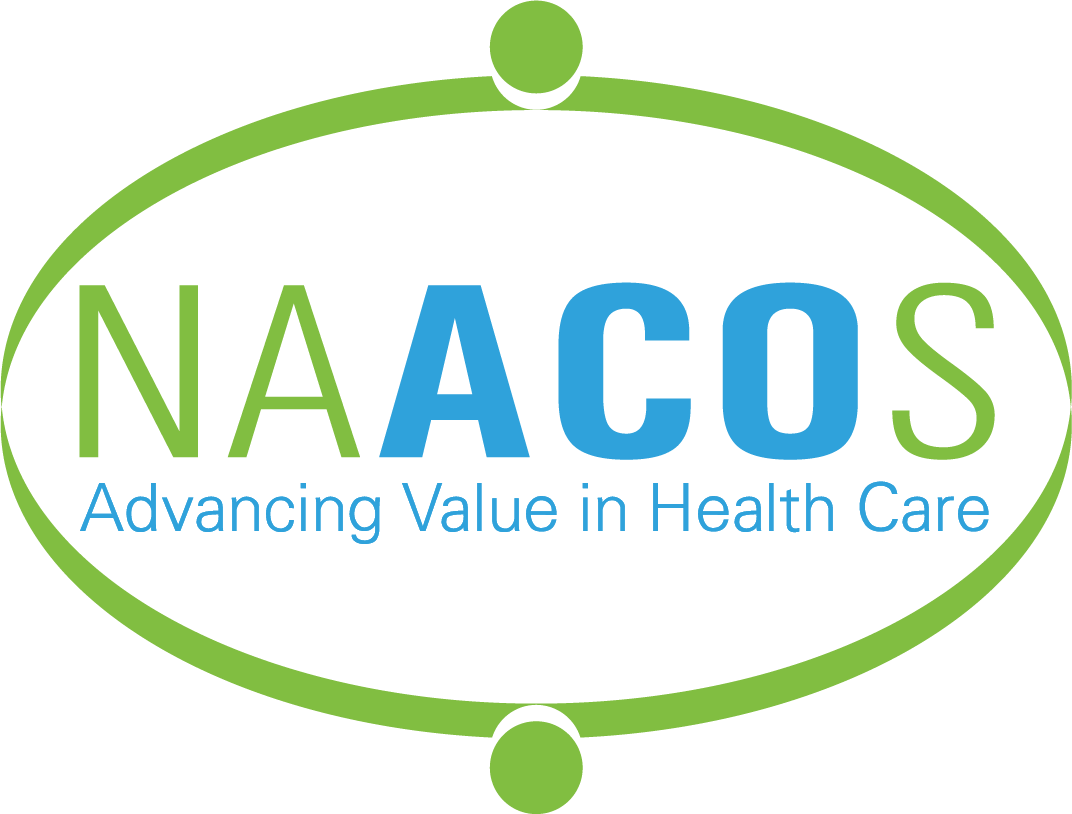ACO Drivers for Success
Often our health care system can feel like a daunting labyrinth that lets down those in need and mystifies even the most informed consumers. The promise of value-based care (VBC) is to provide patients a health care system that is less complex, more supportive, and focused on keeping patients healthy and delivering positive outcomes from care. For more than a decade, accountable care organizations (ACOs) have made great strides in fulfilling this promise by demonstrating a notable ability to improve quality and outcomes, lower costs – or at least slow their rate of growth, and increase patient and provider satisfaction.
Despite their success, the road for many ACOs has not been easy, with tremendous challenges and growing pains along the way. For early adopters, there was no road map. Those ACOs showed their commitment to value by improvising, taking risks, and staying on the path even when perilously close to failure. That drive and commitment yielded positive results. When ACOs are successful, the shared savings earned is a direct investment in transformation and improving patient care and outcomes.
This paper shares lessons learned from the early days of adoption through today. The National Association of ACOs (NAACOS) conducted in-depth interviews with the leadership teams of high performing ACOs and reviewed literature on ACO strategies. Five key strategies emerged as a consistent theme for success. In sharing these themes, we hope to further ACO adoption and success, and ultimately accelerate care transformation and improve the experiences of everyone involved in and affected by our health care system.
Key Strategies for Success
Working across payers. Achieving a critical mass of VBC patients across multiple payers creates stronger incentives than managing accountable care for just one business line or a subset of the population. ACOs found that their transition to VBC gained momentum when they had arrangements across different payers. However, navigating VBC across payers can be challenging due to inconsistent policies and program designs, so streamlining these aspects is beneficial. Interviewees highlighted the importance of shared goals and trust with payers, along with the need for timely data to identify necessary clinical changes and patient needs. Payers should also facilitate the transition from fee-for-service (FFS) to VBC, potentially through upfront funding or ongoing care management fees.
Building a high-value culture. Creating a high-value culture requires strong visionary leadership and a commitment to accountable care. Providers need to shift from reactive to proactive population health care, prioritizing patient needs. ACOs encourage new leaders to focus on the vision of value and communicate how VBC enhances patient outcomes and provider satisfaction. Successful leaders explain the reasons for transitioning to accountable care and build organizational support. Engaging both primary care and specialist physicians is essential, as is educating all staff involved in patient care. Financial incentives should align with VBC goals and ACO performance. Trust in leadership and a culture of continuous learning are vital. ACOs also stress the importance of health equity in building a high-value culture. Once established, maintaining a high-value culture requires ongoing effort.
Leveraging data and tools. In short, data drives transformation. Timely and informative data is essential for accountable care, helping ACOs identify variations in clinical patterns, quality gaps, and care needs. Initially, many ACOs struggled with data management and optimization, but they have since improved by combining multiple data sources and developing analytical solutions. Some ACOs partner with vendors, while others build in-house capabilities, each with its own advantages and challenges. Regardless of the approach, internal expertise is necessary to manage data and evaluate findings effectively. It’s crucial to ensure that data is transparent, accurate, and consistent. ACOs should present only relevant data to avoid overwhelming providers and ensure that it serves as a helpful tool rather than an extra burden. Finally, findings should be actionable and aligned with VBC priorities.
Implementing successful clinical interventions. Transforming clinical care is central to VBC. ACOs highlight the crucial role of primary care providers and the move toward team-based care, which allows for more patient interaction and better care coordination. Many ACOs allocate more funding to primary care and team approaches that encourage shared responsibility. Care teams include various professionals, such as social workers, dietitians, and pharmacists, and increasingly integrate behavioral health while addressing social determinants of health (SDOH). Expanding access to primary care helps reduce unnecessary hospital visits, providing patients with better options to improve their health. ACOs also focus on smooth transitions of care for patients seeing multiple providers across different settings. They often start by transforming primary care and, as they advance, work to enhance specialist care to manage total cost of care (TCOC) and improve quality and outcomes.
Effectively engaging patients in care. ACOs aim to build strong, trusting relationships with patients to provide personalized and coordinated care. Positive connections based on trust and open communication are crucial. ACOs educate patients on how to manage their health differently, such as using a 24/7 nurse triage line or extended office hours instead of going directly to the emergency room. Access to care is vital for changing behaviors and engaging patients. ACOs also seek to understand patients’ preferences and health goals to tailor care effectively. Care teams collaborate closely with families and caregivers, promoting a high-value culture that shifts how they treat patients. Additionally, ACOs are increasingly delivering care outside traditional medical settings, driven by technology and patient preferences.
